1. Take a picture of a bird in the sky.
2. Take a picture of the flag pole and change the flag
3. Take a picture of a kid with a backpack and change the logo.
4. Make it look like Blake is on top of a lampost.
HDR Photography stands for High Dynamic Range. High Dynamic Range is a set of methods used in imaging and photography to allow a greater dynamic range between the lightest and darkest areas of an image than current standard digital imaging methods or photographic methods. HDR images can represent more accurately the range of intensity levels found in real scenes, from direct sunlight to faint starlight, and is often captured by way of a plurality of differently exposed pictures of the same subject matter. Non-HDR cameras take pictures at one exposure level with a limited contrast range. This results in the loss of detail in bright or dark areas of a picture, depending on whether the camera had a low or high exposure setting. HDR makes up for this loss of detail by taking multiple pictures at different exposure levels and intelligently stitching them together to produce a picture that is representative in both dark and bright areas. So basically we have to take a photo of something that has a lot of color in it so it will stand out more and make 3 copies of that picture in Photoshop. Then we have to merge those pictures together after changing the contrast of all three photos. Then you have an amazing looking HDR Photo.
1. Take a diagonal photo of the rough textured wall
2. Take a photo of the ceiling then edit it with curves to make it really textured.
3. Take a close photo of jeans and make it look really textured.
4. Get a zoomed in photo of the rough black top in the parking lot.
5. Get a picture of the weirdly feeling green tables.
Texture photography is one way of drawing the viewer’s attention into the image. Photographers that use this technique create impact by showing different textures. Texture will be defined as the surface detail of an object. This detail can be composed of surface irregularities. Contrast, curves and patterns are aspects of texture photographs which can help compose an image. Contrast, whether tonal or color, makes the texture detail show up even more. Curves help convey a sense of movement with leading curves directing the attention towards the focal point. Non-leading curves have no specific direction but still give information about the image.
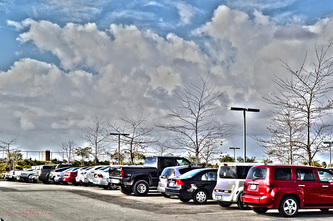
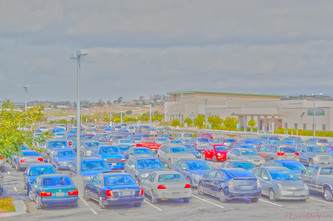
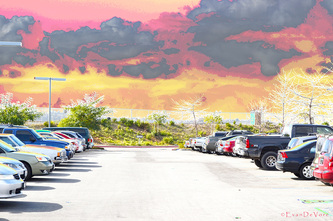
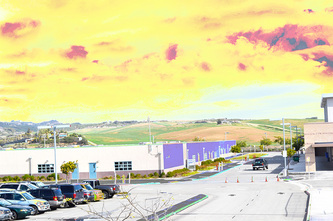

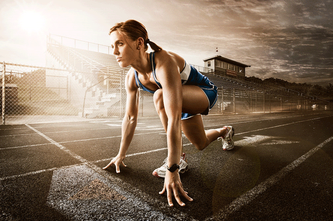
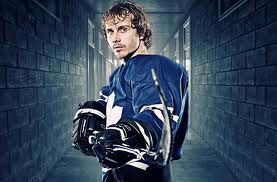
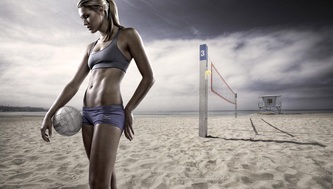
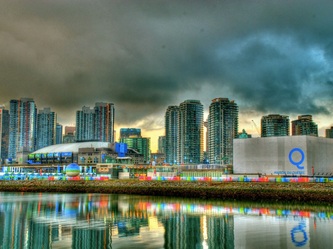
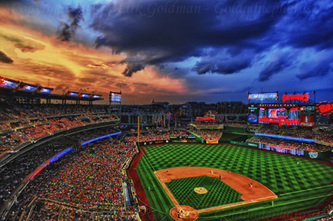
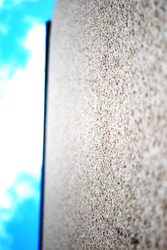



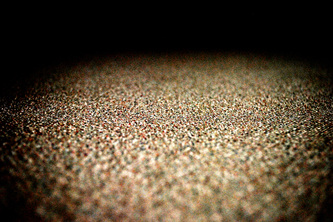
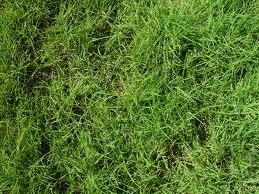

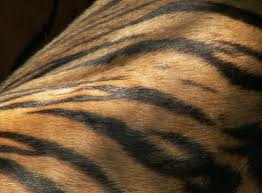
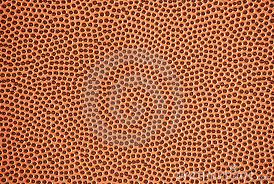
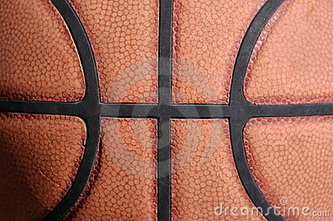

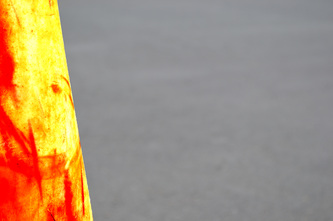
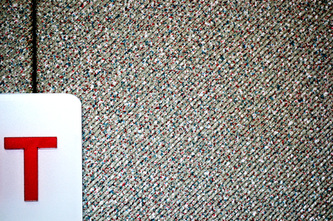

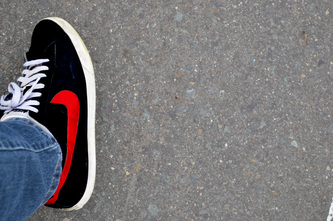
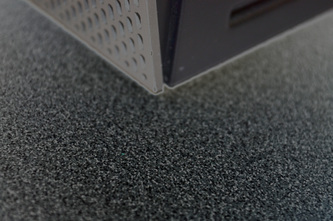
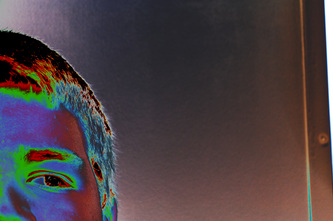
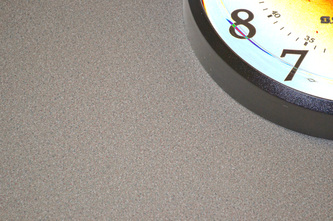


 RSS Feed
RSS Feed